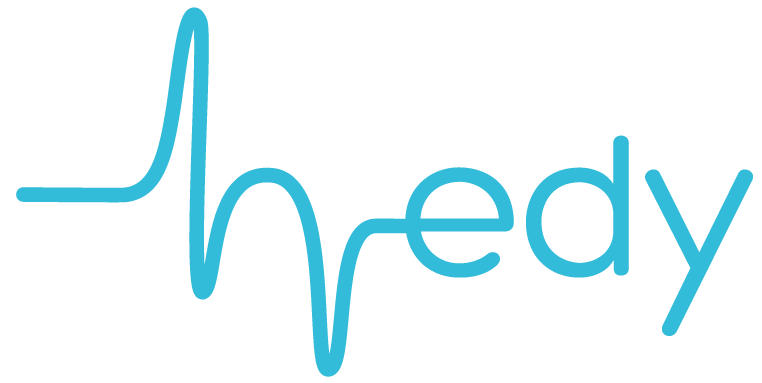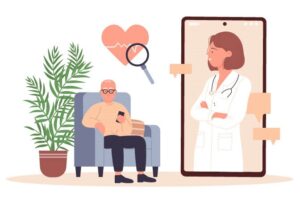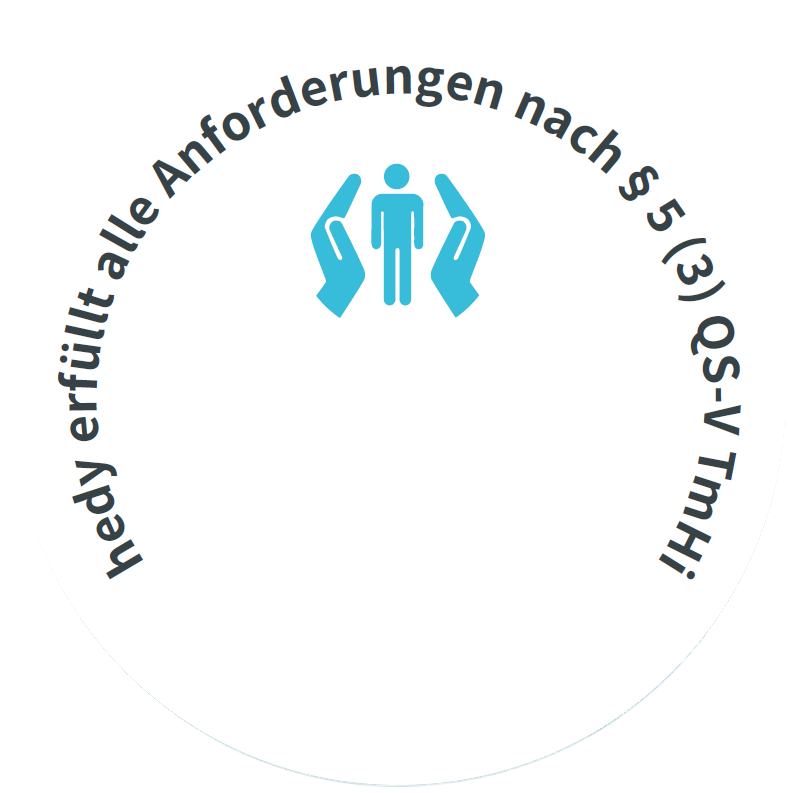Für Kardiologinnen und Kardiologen
Sie möchten telemedizinisches Zentrum werden?
Für Patientinnen und Patienten
Sie möchten mehr Sicherheit bei Herzinsuffizienz?
Neue GKV Leistung
Ihr Weg zur telemedizinischen Versorgung
Neue GKV Leistung
Ihr Weg zur
telemedizinischen Versorgung
Telemonitoring bei Herzinsuffizienz mit hedy:
Sie möchten ein TMZ gründen? -
Mit uns ist das ganz einfach!
In diesen kurzen Videos erfahren Sie, wie wir Ihnen dabei helfen können – bei welchen Hürden wir Sie als idealer Partner auf Augenhöhe unterstützen, mit langjähriger Erfahrung, von Medizinern für Mediziner, QSV konform und technisch am Puls der Zeit.
Mehr Sicherheit
für Ärzte und Patienten
Mit unserer Erfahrung im Telemonitoring bei Herzinsuffizienz
Jahre Erfahrung
0
Patienten
0
Patientenzufriedenheit
0
%
hedy Telemonitoring
Ein sicheres, anwenderfreundliches Telemonitoring Programm, das Kardiologen und Patienten überzeugt und von führenden kardiologischen Zentren empfohlen wird.
Warum sie von hedy, der Technik und unserem Service begeistert sind, lesen Sie hier.
Warum sie von hedy, der Technik und unserem Service begeistert sind, lesen Sie hier.

Früher waren wir zwischen den Arztbesuchen im Blindflug. Dank telemonitorischer Betreuung in den TMZs werden bis zu 30 % der Rehospitalisierungen vermieden.
Es wäre wünschenswert, dass alle Praxen, herzinsuffiziente Patienten an telemedizinische Zentren anbinden. Um auf definierte Patientendaten entsprechend zu reagieren.




